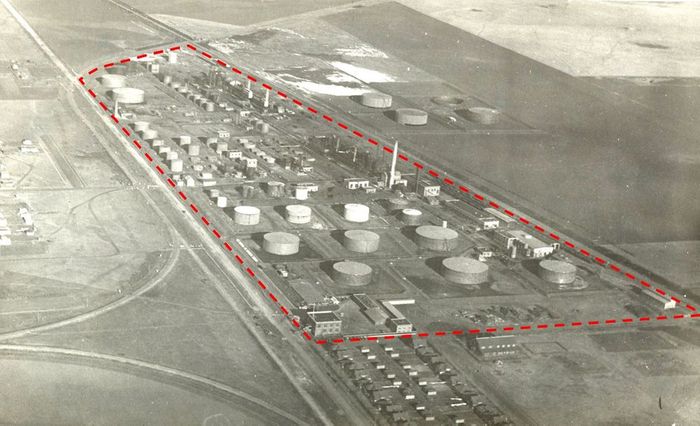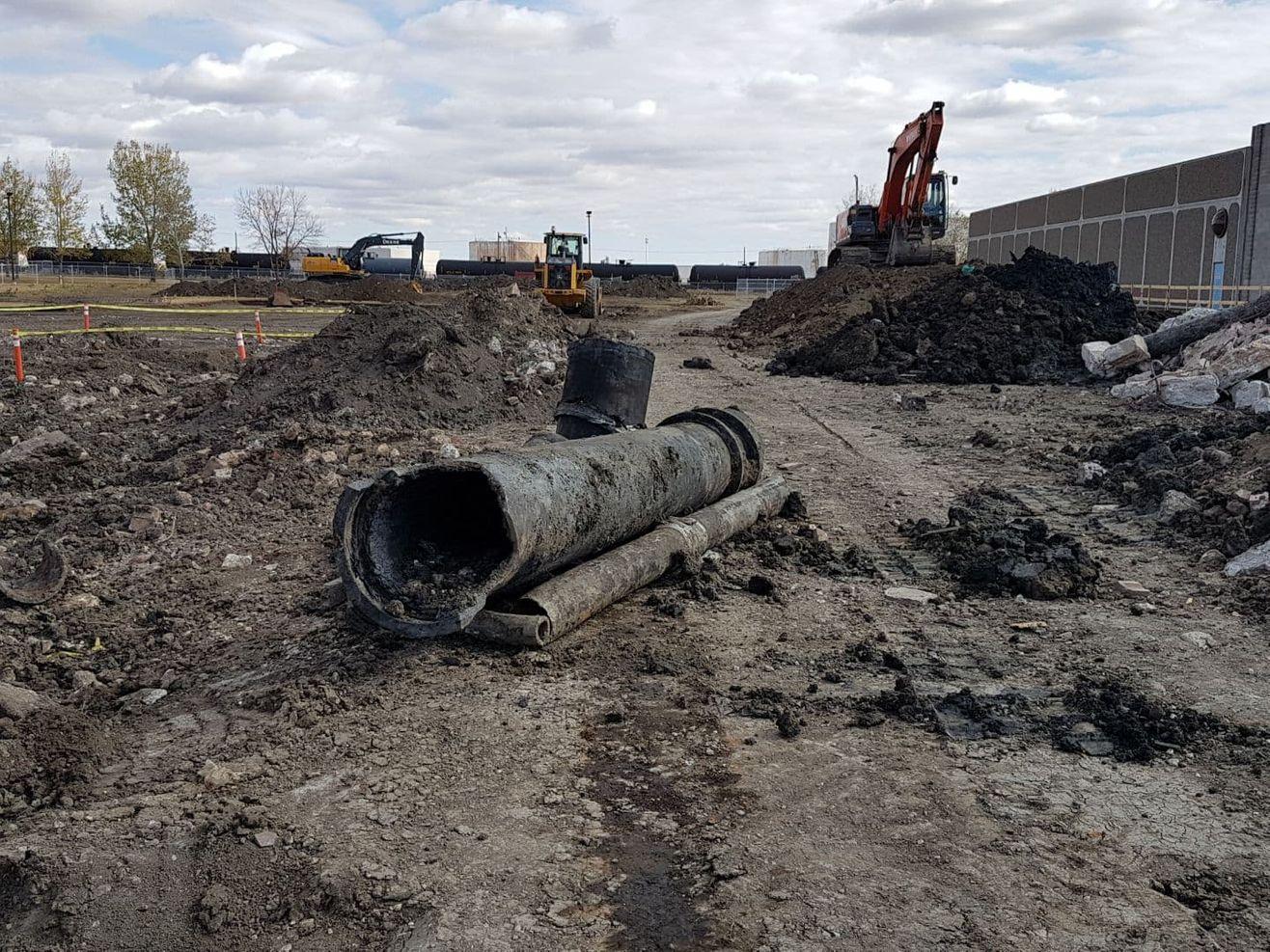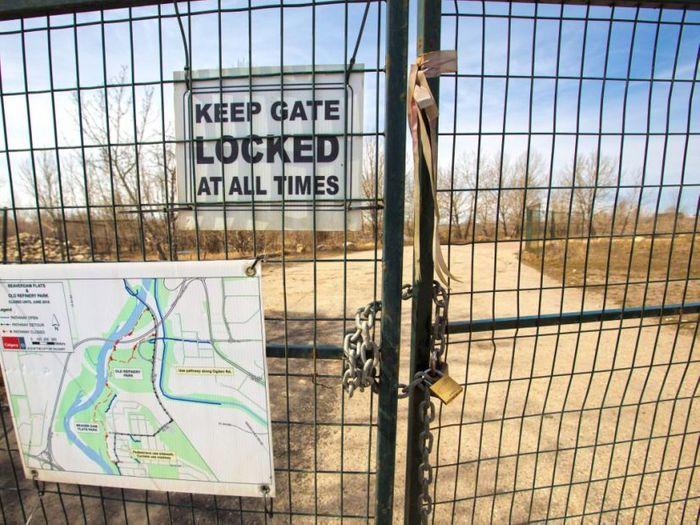
Due to the fragility of canaries, miners have used these yellow birds as their early warning method of the mine’s environment regarding safe or dangerous air conditions. Above ground, we have to rely on our governmental institutions as our early warning of dangerous environmental conditions. These institutions are charged with the oversight responsibility regarding the handling of hazardous substances resulting in contamination caused by accident, or in the course of an industrial process. These institutions are expected to give us early warning signals in the form of comprehensive environmental assessments, and to the enacting, and enforcement of environmental laws, addressing the health and safety of our communities.
So where are the canaries gone in Regina, regarding the City of Regina’s ongoing mishandling of the former Imperial Oil Refinery?
In 1916, Imperial Oil constructed an oil refinery in the northeast area of the City of Regina, bordered by Winnipeg Street to the West, First Avenue to the South, MacDonald Street to the East, and today’s Ring Road to the North. After more than 60 years of operation, the refinery was closed down, and the City of Regina purchased the site in 1979. Typical to refineries built in the early century, there was very little environmental oversight, and the handling of hazardous waste often involved the simple burying on site, or dumping in the disposal grounds lying South of the Ring Road between Winnipeg Street and what is now Leon’s Furniture and Global TV, were piezometer pipes can be seen protruding above the ground. It wasn’t until the mid ’80s, after the City had carelessly rezoned the central refinery area for a creamery (Dairy Producers’ Cooperative), that it became known that the area the City constructed the City Transit Center, was extensively saturated with lead and petrochemicals to a depth of 7-10 meters below ground. Regardless, the City not following its regulations, and unnecessarily jeopardizing the health of its employees, went about constructing the Transit Center directly over significantly contaminated soils, without any remediation whatsoever.Interestingly, the City of Regina is currently constructing an addition to the Transit Centre, and again, they have commissioned the general contractor to simply build over the existing contaminated soils. Clearly, the City is attempting to mask over the area, treating it as if there is nothing wrong. In fact, the City is blatantly abusing the property tax system by assessing the value of the Transit Centre, sitting on a massive body of dangerous chemicals, at 38 million dollars pre-factoring in the current edition.




The Need for a Phase II Environmental Study